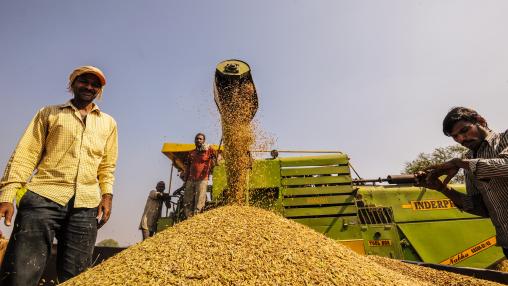
October editions of the FAO Food Price Index and AMIS Market Monitor Released
The latest editions of the FAO Food Price Index and AMIS Market Monitor were both released on October 6. The FAO Food Price Index is a measure of the monthly change in international prices of a basket of five food commodity groups, while the AMIS Market Monitor covers the international markets for wheat, rice, maize, and soy and provides an overview of the market situation and outlook for each of these crops.

APEC Food Security Ministers Meeting
From September 26-27, the Asia-Pacific Economic Cooperation (APEC) held its Fourth Ministerial Meeting on Food Security in Piura, Peru. Participants included Ministers and Heads of Delegation from all 21 APEC economies, as well as representatives from FAO, IFPRI, and the International Potato Center (CIP).
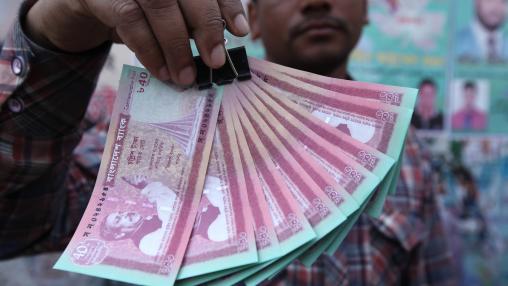
The Financial System We Need: Aligning the Financial System with Sustainable Development
Farmers’ ability to access reliable and inclusive systems of finance is critical for agricultural growth and economic development. Proper financing enables farmers to make long-term productive investments and to overcome short-term crises. In 2008, the world experienced the worst global financial crisis in decades (information on the relationship between food prices and financial activity, as well as agriculture and financial policies can be found in these recent blog posts from IFPRI and the Food Security Portal ).
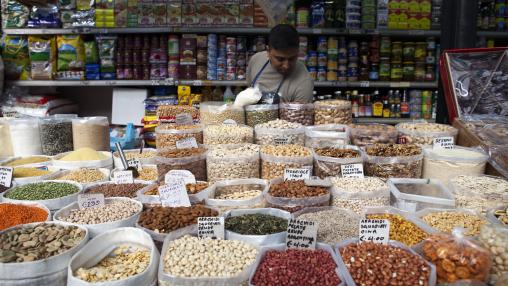
Pulses' Growing Importance in Global Trade and Diets
Pulses are an essential source of protein and minerals for much of the global population, to reflect this the UN has named 2016 as the ‘’International Year of Pulses.’ However, despite increasing demand, global pulse productivity remains low at around a quarter of global cereal yields per hectare, according to IFPRI.
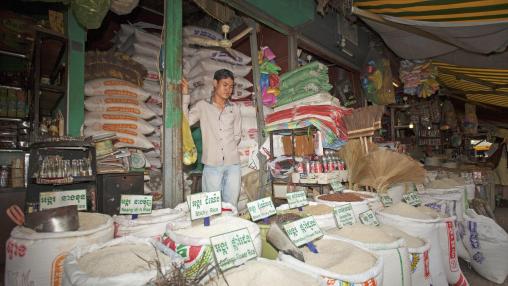
Latest FAO Food Price Trend Report Released
The FAO’s monthly report on food price trends was released on July 11. The bulletin reports on recent food price developments at the global, regional, and country levels, with a focus on developing countries and provides early warnings for high country-level food prices that may negatively affect food security.
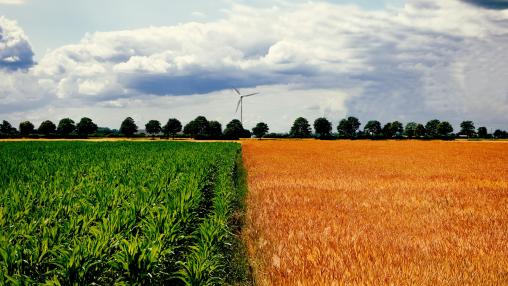
FAO Food Price Index Released Today
The FAO Food Price Index rose again in June for the fifth consecutive month, based largely on surging sugar prices and more moderate increases for cereals, dairy, and meat. The 6.6 point increase represents the largest monthly movement in the last four years.
The Cereals Index rose 4.4 points from May, but remains 3.9 percent below June 2015 levels. Strengthened maize prices drove most of this month's increases, as tightening export supplies in Brazil caused prices to rise.
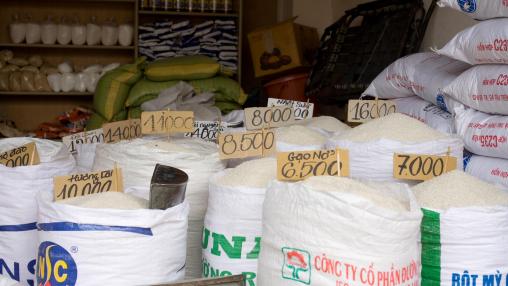
Monthly Report on Food Price Trends Released
The June FAO Monthly Report on Food Price Trends saw mixed trends for international wheat prices in May, but prices generally remained lower than May 2015. The benchmark US wheat price averaged USD 193 per tonne in May; this was down four percent from April and 17 percent below its May 2015 level. The report cites that this drop in price is due mainly to improved global 2016-2017 production prospects. Prices for EU (France), Black Sea, and Argentina wheat all rose slightly in May (by 2.3, 4, and 1.6 percent, respectively), but as noted, remain well below May 2015 levels.
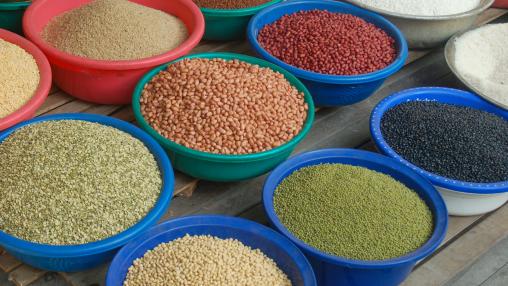
Food Outlook: Biannual Report on Global Food Markets
The FAO’s biannual report on global food markets was released this month. The report provides an overview of global trends for several main agricultural products, including wheat, coarse grains, rice, oilcrops, meat, and milk and fishery products, as well as a special feature on pulses. The report also provides a country-level review of major policy developments for grains, rice, oilcrops, meat, and dairy.
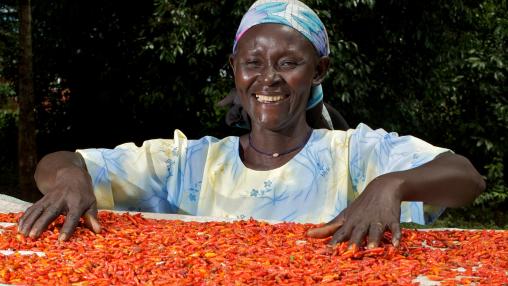
Evaluating Nairobi: Impacts on Trade, Food Security, and Development
In December 2015, the World Trade Organization reached an agreement on the Nairobi Package , the latest set of rules governing global trade. The agreement represents some progress on several major agricultural and food issues that have held up previous negotiations, including export subsidies , food aid, public stockholding for food security purposes, special safeguard measures for Least Developed Countries (LDCs), and the global cotton trade.
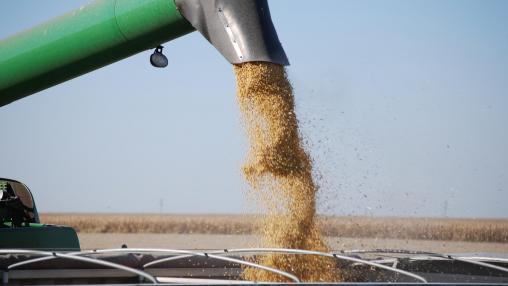
Significant Volatility in Soybeans But Supply and Stocks Still Good
Soybean futures prices have seen a lot of movement in recent weeks, beginning in April when they twice saw record daily trading in combined futures and options volume on the Chicago market. Our early warning excessive food price volatility system has immediately reflected this trend, identifying extreme positive returns, i.e. returns that exceeds the 95% conditional quantile predicted by our NEXQ model . The days in which we observe excessive volatility are identified in the graph below.
Soybean Excessive Food Price Variability